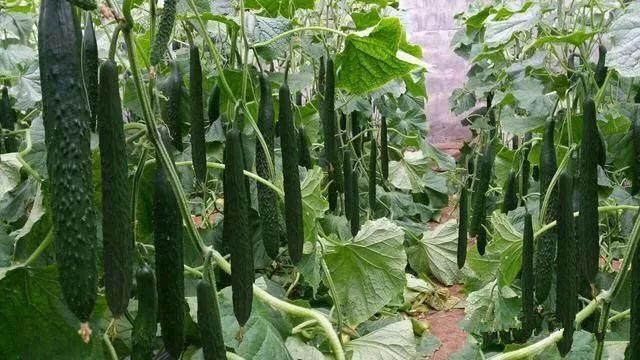Planting techniques of Robinia pseudoacacia
Robinia pseudoacacia belongs to the grafted variety of Robinia pseudoacacia, which has very high quality ornamental value and is the first choice in many landscapes. Correspondingly, it will be difficult to plant Robinia pseudoacacia, but it is generally not worried about the sales market after planting, and the prospect is very considerable. So how to plant Robinia pseudoacacia?

1. Growth habits
To plant trees, we must first understand the habits of Robinia pseudoacacia, so as to help it grow rapidly. Robinia pseudoacacia is a kind of tree, there are large varieties and small varieties, the shape is changeable, and its growth image needs to be managed manually. They like light every day, so they need to be planted in places where the lighting is relatively good. There is a certain adaptability to the low temperature and dry environment, it is recommended not to plant in places where the temperature is below zero. The growing soil needs to be relatively loose, so mixed sandy soil can be used to raise seedlings at the initial stage of planting.
2. Transplantation and grafting
Select the grafted seedlings of Sophora japonica, first fattening, wait until the end of spring to start grafting. The weather should be sunny, and it is best not to be in the rainy period, which is not conducive to the survival of grafting. The branches of Robinia pseudoacacia should choose sturdy branches, and the opening should be determined according to the size of the branches, and the two should be closely fitted, and then seal and fasten the opening. Fertilize the mother immediately after grafting to ensure the supply of nutrients.
3. Fertilizer and water management
The fertilizer and water needed by this large tree is relatively less frequent, mainly after the initial grafting. The initial watering can maintain the drought degree of the planting soil, and the fertilizer needs to be topdressing once during grafting, and as the grafted branches flourish, they can be fertilized according to the situation. Fertilization in the middle and later periods is based on demand, water can be basically satisfied once a month, and fertilizers are dominated by trace elements once a quarter. For those with poor development, the number of times should be increased appropriately.
4. Late pruning
Graft survival is not perfect, after all, Robinia pseudoacacia is mainly sold as ornamental plants, so growers still need pruning. One is to keep it beautiful, and the other is to make its grafting site grow better. For some branches scattered growth needs to be removed, this is still a waste of nutrients, and its original locust tree branches, we should pay attention to suppression. Avoid snatching more nutrients from Robinia pseudoacacia. It can be sold in a few years of general management.
Planting Robinia pseudoacacia is more time-consuming, so growers should be a little patient, of course, there is always a return, the current market price of Robinia pseudoacacia is still relatively ideal. It takes less time for later management, and less management time for growers.
Related
- Fuxing push coffee new agricultural production and marketing class: lack of small-scale processing plants
- Jujube rice field leisure farm deep ploughing Yilan for five years to create a space for organic food and play
- Nongyu Farm-A trial of organic papaya for brave women with advanced technology
- Four points for attention in the prevention and control of diseases and insect pests of edible fungi
- How to add nutrient solution to Edible Fungi
- Is there any good way to control edible fungus mites?
- Open Inoculation Technology of Edible Fungi
- Is there any clever way to use fertilizer for edible fungus in winter?
- What agents are used to kill the pathogens of edible fungi in the mushroom shed?
- Rapid drying of Edible Fungi



